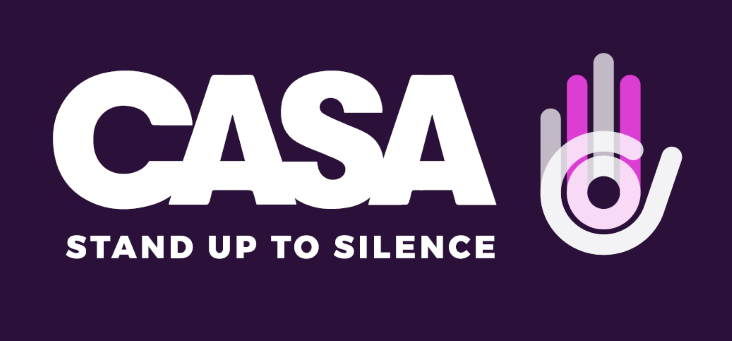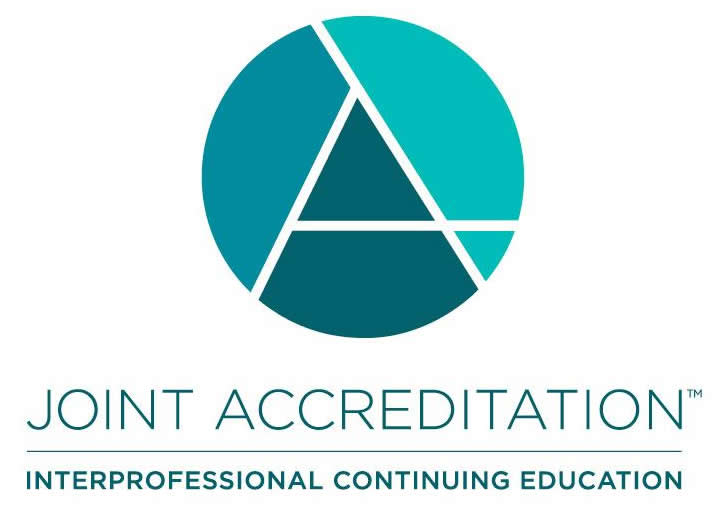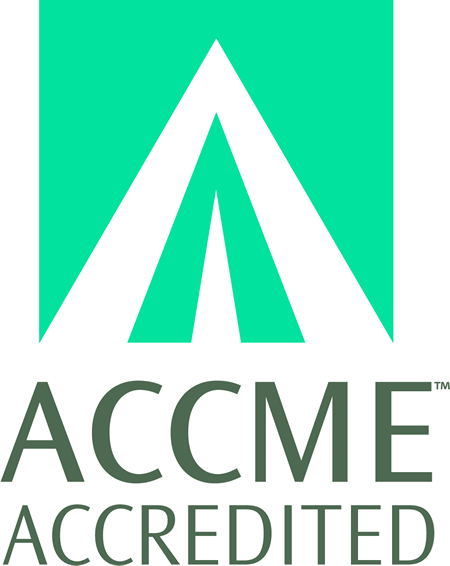
COURSE CREDITS & HOURS
14 AMA PRA Category 1 Credits™14 ACPE Credits
14.0 Contact Hours
COURSE FEES
TARGET AUDIENCE
PROGRAM PURPOSE
- Osteoporosis
- Evaluate screening recommendations and apply them to everyday practice
- Utilize therapies that include bisphosphonates, PTH and inhibitors of the RANK/RANKL/OPG system
- Review the current controversies and clinical studies regarding Vitamin D
- Better advise patients on calcium supplementation
- MCI and Alzheimer's Disease
- Define Mild Cognitive Impairment in both amnestic and non-amnestic disease states
- Understand the potential implications of early diagnosis of dementia for patient care outcomes
- Describe the clinical manifestations of Alzheimer's disease
- Evaluate patients for symptoms of cognitive and functional loss
- Apply appropriate drug and non-drug interventions for patients with dementia
- Counsel families and caregivers at all stages of disease
- To Sleep: Perchance to Dream
- Describe the age-related changes in sleep
- Evaluate the psychiatric, medical, and neurological causes of sleep problems
- Implement office-based and objective methods for evaluating sleep disordered breathing
- Intervene with appropriate treatments for complaints of insomnia including CBTI as first line guideline directed care.
- Management of Constipation
- Understand the common barriers that hinder the optimal management of chronic constipation in health care settings
- Define primary as well as secondary causes of hypertension in the older adult
- Provide a rational strategy to manage constipation based on current best evidence of the drug classes currently available
- Where Pain Management Meets Addiction Medicine
- Understand the pathogenesis of pain
- Apply recent guidelines in pain management including calculations for Morphine Milligram Equivalent Units
- Choose appropriate drug therapy and multimodal interventions for the relief of pain
- Consider the metabolic breakdown of different narcotics and their contribution to serotonin syndrome
- Employ newer tools to determine the potential for opioid dependence
- Pulmonary Disease in the Elderly
- Evaluate current trends in pulmonary disease in the elderly
- Review current immunization guidelines and supportive therapy
- Include new therapies like LAMA/LABA combination inhalers and roflumilast in the management of COPD
- Implement the appropriate use of nebulizers, MDIs and oxygen
- Apply guideline directed care to patients with COPD
- Nutritional Supplements: When East meets West
- Understand that adequate nutrition is a prerequisite for the maintenance of good health and optimum efficiency
- Find the on-line resources that provide the best evidence in support of dietary and nutritional supplements
- Identify targeted supplements for heart disease, vision, depression/mood, and urologic disorders
- Council patients on the risks of certain therapies in the presence of other disease
- Improve your working knowledge of the Mediterranean diet
- Acute and chronic rhinosinusitis
- Understand the anatomy of the paranasal sinuses
- Explain the pathophysiology of acute and chronic rhinosinusitis
- Describe methods of diagnosis and treating acute and chronic rhinosinusitis
- Anaphylaxis: Diagnosis and management
- Explain mechanisms and presentations of anaphylaxis.
- Describe treatment with emphasis on the importance of epinephrine.
- Explain why physicians and staff should be proficient in anaphylaxis management.
- Update in Asthma Management
- Discuss the pathophysiology of asthma
- Describe how asthma symptoms do not always correlate with asthma severity
- Explain the concepts of step-care guideline-based asthma management
- Explain the growing number of newer treatment modalities for severe asthmatics.
- Caring for the patient with chronic cough
- Explain the mechanism of the cough reflex.
- Describe the most common causes of chronic cough.
- Describe diagnostic empiric trials of therapy.
- Chronic Idiopathic Urticaria and Angioedema
- Explain the pathophysiology of chronic idiopathic urticaria and angioedema.
- Describe the differences between other types of dermatitis and pruritus vs. chronic idiopathic urticaria and angioedema.
- Determine an appropriate treatment plan and when referral to an allergist and/or dermatologist is indicated.
- Allergic Rhinitis & Conjunctivitis; Non-allergic (chronic) rhinitis
- Explain types of allergic rhinitis & conjunctivitis and non-allergic (chronic) rhinitis.
- Describe conditions that mimic rhinitis.
- Determine appropriate evaluation diagnostic studies and treatment plans.
- Current approach to the management of stinging insect allergy
- Explain various types of reactions to an insect sting.
- Describe treatments for each type of sting reaction.
- Determine which patients should be referred to a board-certified allergy/immunology specialist.






















